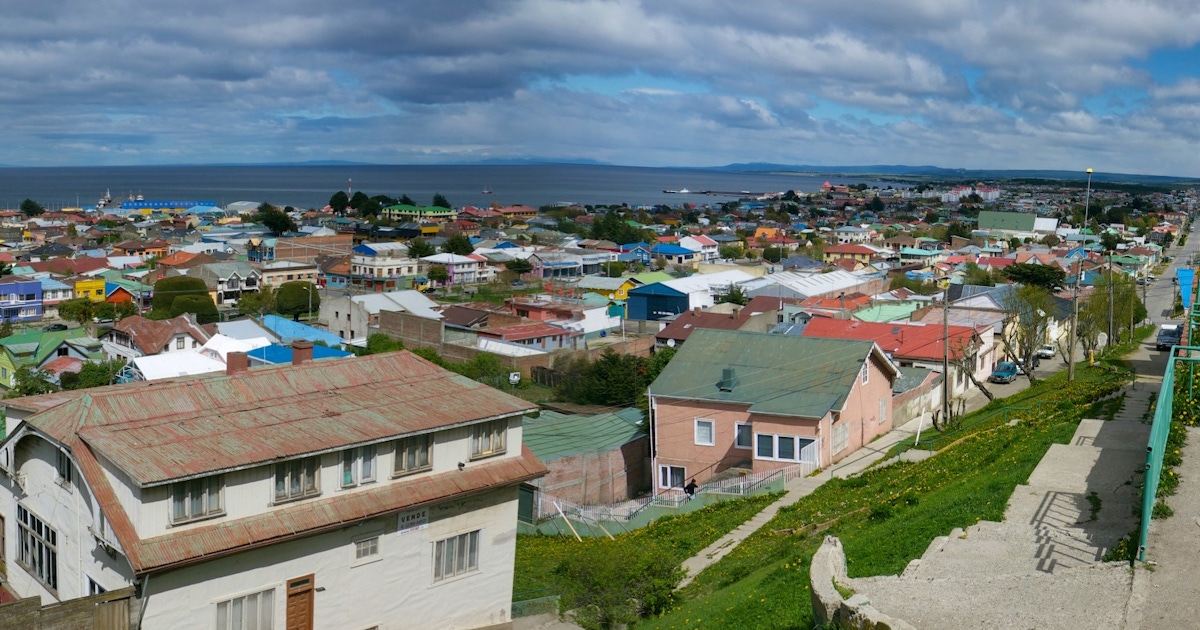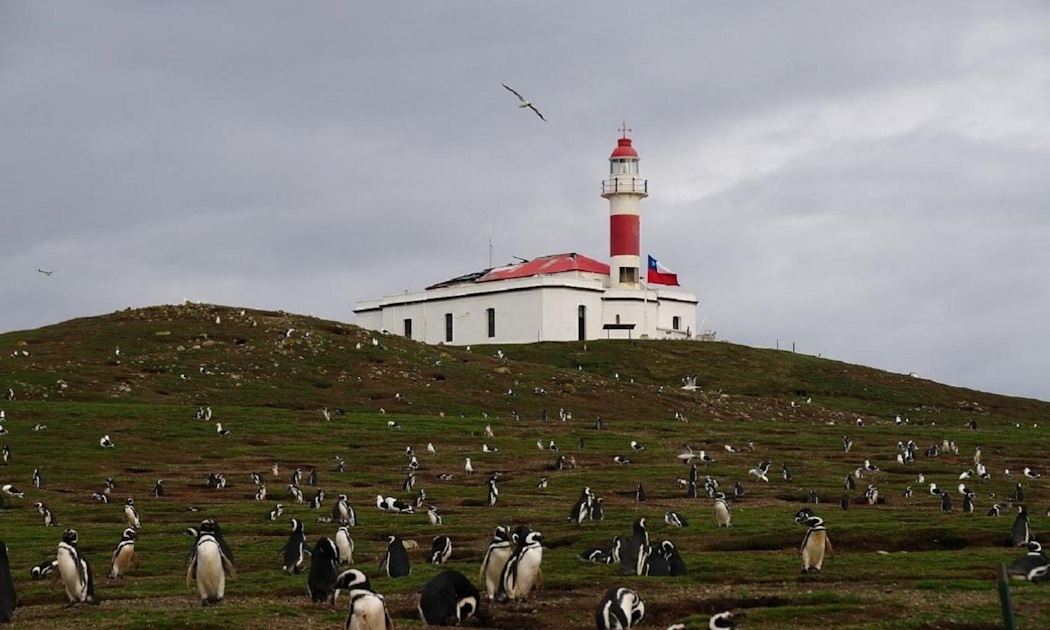Your cart is currently empty!
The Best Time to Visit Punta Arenas: Weather, Tourist Seasons, and Packing Tips
Punta Arenas, located at the southern tip of Chile in Patagonia, is known for its unpredictable weather, stunning landscapes, and unique wildlife encounters. When planning a trip to this remote and captivating destination, it’s essential to consider the best time to visit, based on weather conditions and tourist seasons. Additionally, knowing what to pack is crucial, given the region’s reputation for swift and unexpected changes in weather.
Best Time of Year to Visit Punta Arenas
The ideal time to visit Punta Arenas largely depends on your preferences for weather, crowd levels, and the types of activities you want to experience. Generally, the best time to visit Punta Arenas is during the austral summer, from December to February, when the weather is milder and most outdoor activities and wildlife encounters are at their peak.
Austral Summer (December to February)
- Weather: Summer is the warmest season in Punta Arenas, with average daytime temperatures ranging from 10°C to 15°C (50°F to 59°F). Although it is summer, temperatures can fluctuate, and strong winds are common. The region experiences longer daylight hours, with up to 17 hours of daylight, providing ample time for outdoor exploration.
- Activities: This is the best time for outdoor activities such as penguin watching, hiking, trekking, and boat trips. The wildlife is more active, and the weather is more conducive to exploring the rugged landscapes of Patagonia and Tierra del Fuego.
- Tourist Season: Summer is the peak tourist season in Punta Arenas. Popular attractions like Isla Magdalena, Reserva Nacional Magallanes, and Torres del Paine National Park tend to be busier. It’s advisable to book accommodations and tours in advance to secure availability.
Shoulder Seasons (September to November and March to May)
- Weather: The shoulder seasons, which include spring (September to November) and autumn (March to May), offer relatively mild weather with temperatures ranging from 5°C to 12°C (41°F to 54°F). These months still experience strong winds and occasional rain, but they offer a good balance between pleasant weather and fewer crowds.
- Activities: Shoulder seasons are great for those who prefer quieter trails and less crowded wildlife spots. It’s an excellent time for hiking, sightseeing, and bird watching.
- Tourist Season: These months are considered the low to mid tourist season, meaning fewer visitors and potentially lower prices for accommodations and tours. The landscapes are particularly beautiful in autumn, with vibrant foliage adding color to the already stunning scenery.
Austral Winter (June to August)
- Weather: Winter in Punta Arenas is cold and harsh, with temperatures ranging from 0°C to 5°C (32°F to 41°F). Snowfall is common, and daylight hours are significantly shorter, sometimes less than 8 hours. The winds can be intense, making it feel colder.
- Activities: While some attractions may be closed or have limited access, winter offers a unique experience for those looking to avoid the crowds. The snow-covered landscapes and potential for winter sports like skiing in nearby areas can appeal to certain travelers.
- Tourist Season: Winter is the off-season, so there are fewer tourists. This can mean a more intimate experience at popular sites and lower accommodation rates. However, it’s essential to check for seasonal closures and prepare for limited services.
What to Pack for Punta Arenas: Layered Clothing for Unpredictable Weather
No matter when you visit Punta Arenas, the key to enjoying your trip is to be prepared for rapidly changing weather conditions. The region is known for its unpredictable weather, which can shift from sunny to windy and rainy within minutes. Here are some essential packing tips, focusing on layered clothing to help you stay comfortable and prepared:
- Layered Clothing:
- Base Layers: Start with moisture-wicking base layers to keep you dry and warm. Thermal tops and bottoms made from merino wool or synthetic materials are ideal for insulating against cold winds.
- Mid Layers: Pack a warm fleece or insulated jacket to provide additional warmth. This layer should be easily removable, as temperatures can vary greatly throughout the day.
- Outer Layers: A waterproof and windproof outer shell is crucial. Look for a breathable jacket with a hood to protect against Patagonia’s infamous winds and sudden rain showers.
- Warm Accessories:
- Hat and Gloves: Bring a warm beanie or hat and a pair of gloves. Even in summer, the wind chill can make it feel much colder than the actual temperature.
- Scarf or Neck Gaiter: A scarf or neck gaiter can help protect your face and neck from cold winds and add an extra layer of warmth.
- Sturdy Footwear:
- Hiking Boots: A good pair of waterproof and sturdy hiking boots is essential for trekking, especially if you plan to explore trails in Reserva Nacional Magallanes or Torres del Paine National Park. The terrain can be rocky, muddy, or covered in snow depending on the season.
- Comfortable Walking Shoes: For days spent exploring the city or taking less strenuous excursions, comfortable walking shoes are a must.
- Sun Protection:
- Sunscreen and Sunglasses: The UV rays can be strong, especially in summer when there are extended daylight hours. Sunscreen and polarized sunglasses are essential to protect your skin and eyes.
- Hat with Brim: A hat with a brim is useful for sun protection and can also help shield against the wind.
- Backpack and Daypack:
- A medium-sized backpack for your main gear and a smaller daypack for daily excursions are ideal for carrying essentials such as water, snacks, extra layers, and cameras.
- Additional Essentials:
- Reusable Water Bottle: Staying hydrated is crucial, especially during long treks and hikes.
- Binoculars: For wildlife watching, especially for spotting penguins, seabirds, and other native animals.
- Camera: The landscapes and wildlife encounters around Punta Arenas are incredibly photogenic, so bring a good camera or smartphone with a quality lens.
Conclusion
Punta Arenas offers a unique blend of history, culture, and natural beauty that can be enjoyed year-round. However, the best time to visit generally falls between December and February during the austral summer when the weather is milder, and outdoor activities are at their peak. No matter when you choose to visit, packing appropriately for the unpredictable weather with layered clothing and essential accessories will ensure a comfortable and memorable experience in this remote and stunning part of the world.

